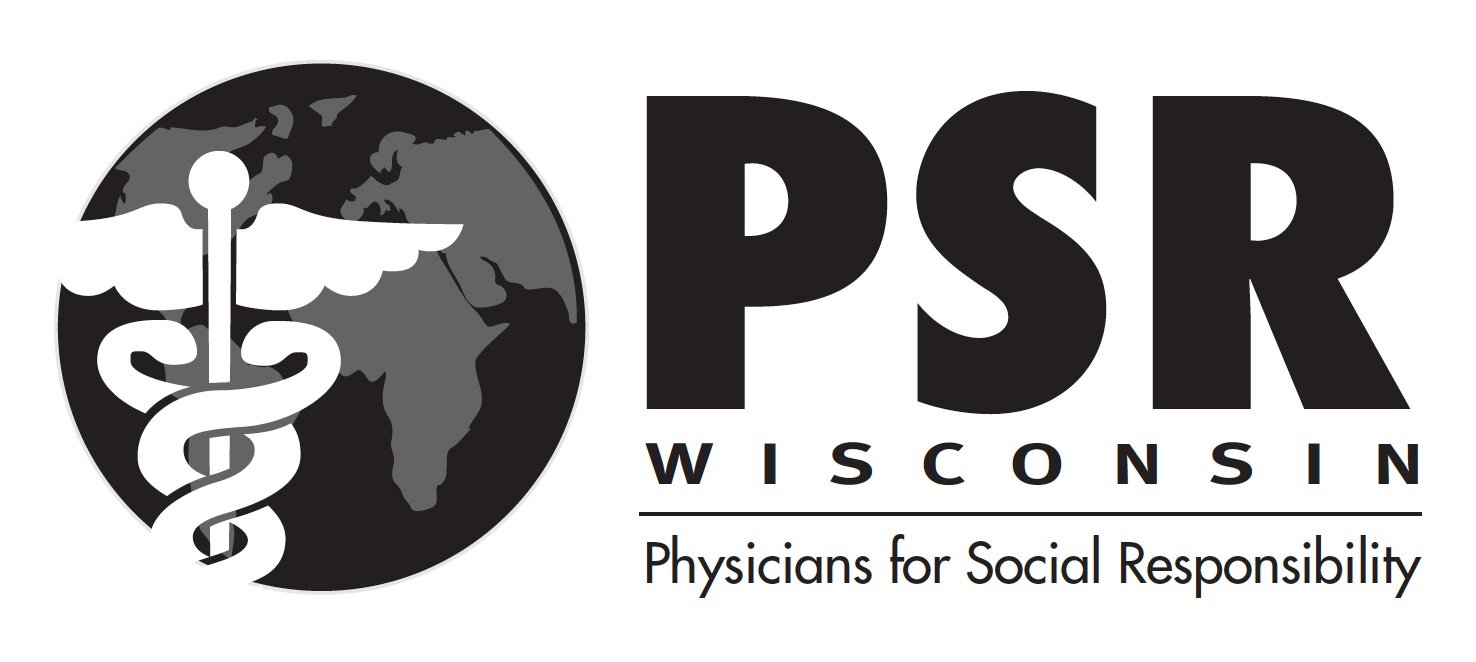Frac Sand Mining
In 2019, Wisconsin was home to 128 industrial sand facilities, which included mines, processing plants, and rail loadouts.
In 2014, Wisconsin was the largest producer of frac sand and produced 24 million metric tons of it.
According to a 2017 report on frac sand mining by the DNR, “Of the 92 active Industrial Sand sites in Wisconsin, 63 have registered withdrawals over 100,000 gallons per day, including high capacity wells and surface water withdrawals.”
Frac sand mines use the polymer polyacrylamide to remove impurities from frac sand. Polyacrylamide, however, consists of acrylamide, a known neurotoxin and potential carcinogen, which can leak into waterways.
The explosive blasting techniques used by frac sand mines generate nitrogen dioxide. Problematically, long-term exposure to nitrogen dioxide has been linked to respiratory problems such as airway inflammation.
Frac sand mining generates particulate matter less than 10 microns in diameter and 2.5 microns in diameter (PM10 and PM2.5 respectively). Such particulate matter can result in a number of health complications including:
Premature death in people with heart or lung diseases
Non-fatal heart attack
Decreased lung function
Aggravated asthma
Similar to fracking, frac sand mining operations can create large amounts of fine silica dust. Exposure to this dust can lead to health concerns such as:
Tuberculosis
Lung cancer
The frac sand industry has been shrinking due to increased supply, lower prices, and increased competition. In addition, the slowdown in fracking has reduced the demand for frac sand.
Fracking operations in Texas have begun to use sand from nearby dunes instead of the costly Wisconsin sand. As a result, many Wisconsin frac sand facilities have idled operations and 10 frac sand processing plants have closed in the last 18 months.
However, frac sand mining operations pose a threat long after they leave. In 2019, the DNR tested for arsenic levels at a redevelopment site for a former frac sand mine. Although administrative codes for redevelopment set a limit of 3 parts per million (ppm) of residual arsenic, they found upwards of 21.6 ppm of arsenic—three times higher than in 2013.




